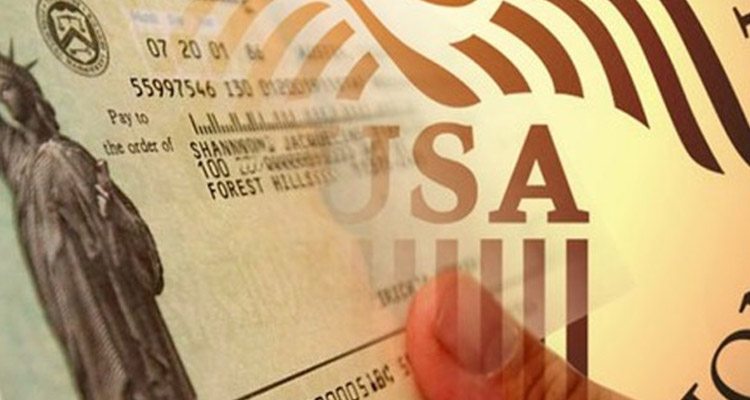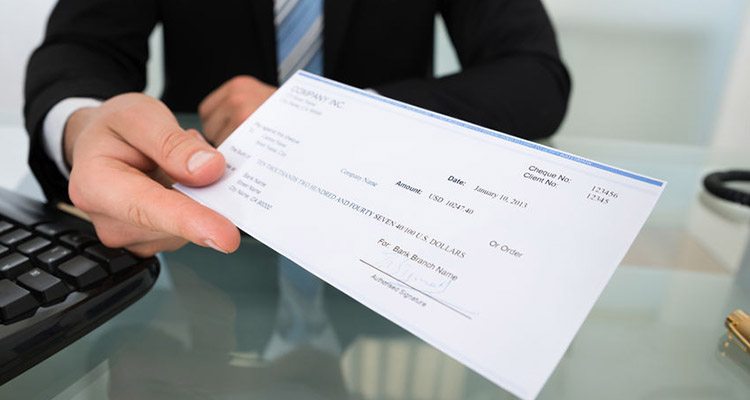What You Need To Know About High Yield Dividend Stocks

While it is a good idea to invest in high yield dividend stocks for your long-term investment portfolio, there are few critical things you need to know about such assets.
Bigger Doesn’t Mean Better
Most people believe that the bigger the dividend, the better the investment it will be. This is not really true. Bigger dividends do not necessarily mean better investments. When choosing a company to invest in, it is a good idea that you first check the company’s dividend history, growth rate, debt load as well as credit rating. Take for example two companies. One is a 50-year-old company that has a history of steady dividend increases with a 3% yield. The other is a newer company with a background of unpredictable dividends, sometimes increasing and sometimes decreasing, but is currently offering a 5% dividend yield. The obvious choice here is the first company.
Another thing you need to watch out for is a company’s payout ratio. You should generally look for a payout ratio of around 60%, with a few exceptions. However, if a company is offering a 100% payout ratio, then that could be a red flag which means such a dividend may not be sustainable.

Some Stocks need to be High Yield
There are some stocks that are required by law to be high yield dividend stocks. Real Estate Investment Trusts (REITs) and Master Limited Partnerships (MLPs) are examples of such stocks. By law, REITs have to pay out a minimum of 90% of their taxable income to their shareholders to keep their REIT classification. By doing this, these organizations are not charged corporate taxes and are treated as pass through entities. MLPs are similar to REITs, but these stocks deal with commodity-related assets such as oil and gas. This is where the payout ratio guideline we previous discussed becomes null and void. In fact, such organizations have their own set of guidelines. In fact, it is not a sign of trouble if you are getting high yields from such stocks.
Tax Implications of High Yield Dividend Stocks
This factor is applicable for investors owning (or plan to own) high yield dividend stocks in non-retirement, taxable brokerage accounts.
Basically, there are two types of high yield dividend stocks for taxation purposes:
- Qualified Dividends
Qualified dividends have lower taxes. A dividend that is paid for by a US corporation or a foreign enterprise that is listed on a major US stock exchange will be classified as qualified – after it meets the minimum holding period requirement.
- Non-Qualified Dividends
Non-qualified dividends get taxed at normal income tax rates according to current tax brackets. REITs and MLPs are classified as non-qualified dividends. This means that you would be paying higher taxes on the dividends paid out by these entities. So before you opt for a REIT because of its high yield dividend stocks, remember, you might end up owning the IRS more in taxes than if you have stuck with the more traditional, qualified stocks.











